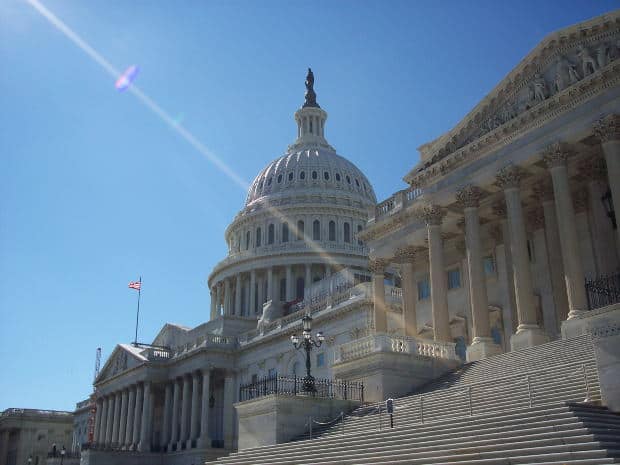Energy and Commerce Committee Holds Contentious Hearing on Trump Auto Rule

 The House Energy and Commerce Committee held a hearing on June 20th on the Trump administration’s Safer Affordable Fuel-Efficient (SAFE) motor vehicle rule. The rule proposes to freeze Corporate Average Fuel Economy (CAFE) standards at model year 2020 levels and terminate California’s unlawful power to regulate fuel economy.
The House Energy and Commerce Committee held a hearing on June 20th on the Trump administration’s Safer Affordable Fuel-Efficient (SAFE) motor vehicle rule. The rule proposes to freeze Corporate Average Fuel Economy (CAFE) standards at model year 2020 levels and terminate California’s unlawful power to regulate fuel economy.
The first panel had two administration witnesses, Heidi King, who heads the Department of Transportation’s National Highway Traffic Safety Administration (NHTSA), and William Wehrum, who heads the Environmental Protection Agency’s Office of Air and Radiation. The second panel had seven witnesses, including Mary Nichols, chair of the California Air Resources Board.
The contentious hearing ran more than five hours. Heidi King’s testimony concisely presents the consumer case for the SAFE rule. In a nutshell, new cars are safer, cleaner, and more efficient; the Obama administration’s aggressive fuel economy standards are pricing millions of middle-income households out of the market for new motor vehicles; and consumer fuel savings diminish rapidly as the stringency of fuel economy standards increases. In her words:
New vehicle prices have risen 29 percent in the past decade, despite median family income growing only 6 percent during that period, according to Edmunds. Continuing to increase prices due to regulatory burdens will price more and more consumers out of safer, cleaner, and more efficient vehicles.
And as fuel economy continues to improve, the incremental gains realized by consumers diminish. This is because fewer gallons are saved from incremental improvements. If a person who drives 15,000 miles per year in a 15-mpg truck decides to trade it in for a new 20 mpg truck, they will see their fuel consumption drop from 1,000 gallons to 750 gallons—saving 250 gallons annually. But somebody trading a 30-mpg car they drive 15,000 miles per year for a 40-mpg car reduces consumption from 500 gallons/year to 375 gallons/year—only 125 gallons even though the mpg improvement is twice as large. And going from 40 to 50 mpg only saves 75 gallons/year. Yet, each additional fuel economy improvement becomes much more expensive as the low-hanging fruit of low-cost technological improvement options are picked.
The fundamental principles remain: newer cars are safer and cleaner than older cars. Consumers are more likely to upgrade to newer, cleaner, safer cars if costly regulations don’t raise the price beyond consumers’ means.